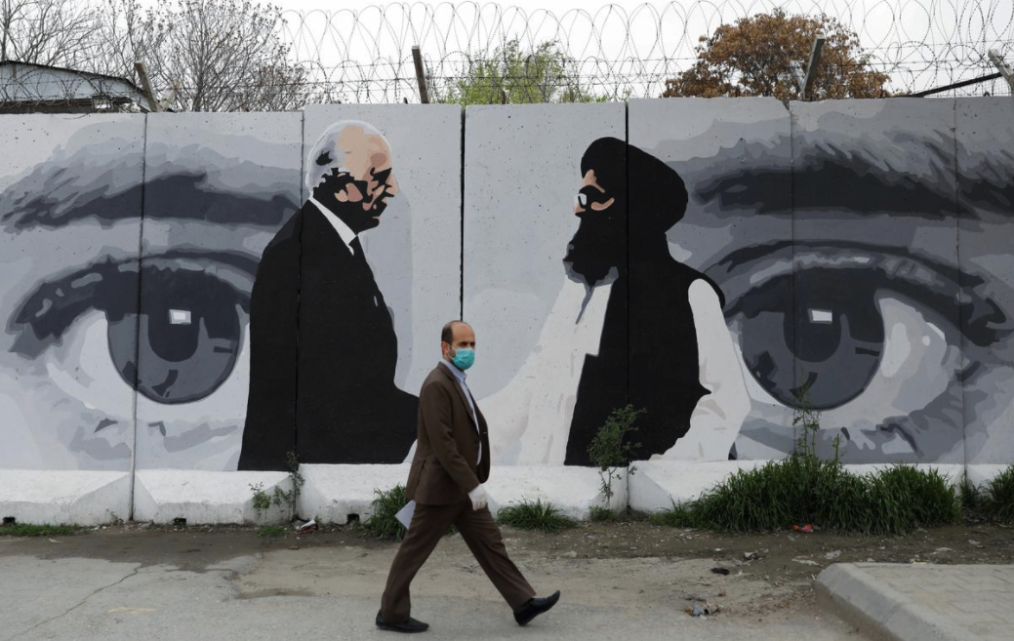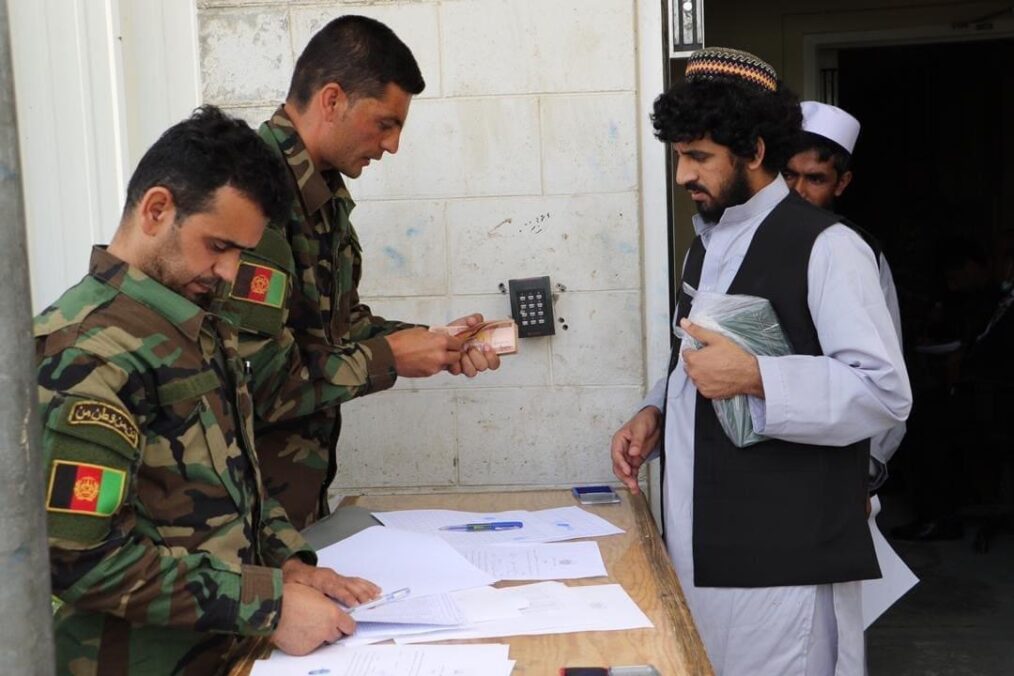It is a rational assumption that President Trump is likely to resume peace talks in Afghanistan after comments made during a Fox News radio interview. Trump said that the United States is “working on an agreement now with the Taliban” as well as “Let’s see what happens.”
The impetus towards this change of heart is rooted in recent events in which two university professors — an Australian and an American — were released this past week in exchange for the top three Taliban commanders, including Anas Haqqani.
This past September, Trump abandoned the peace agreement with the Taliban due to the death of an American soldier and the high level of violence in Afghanistan. A subsequent United Nations meeting with the Pakistani Prime Minister Imran Khan and the latest hostage release compelled the US to pursue an agreement with the Taliban.
Sayed Akbar Agha, a former Taliban commander, told TOLOnews that “the talks right now are underway secretly and I think that they are in favor of Afghanistan.” He added, “based on my information, official negotiations are not underway like they were in the past.”
Afghan presidential spokesman Sediq Sediqqi said that “this time, we are in agreement in the sense that our goals and priorities for peace are completely clear, with issues like a reduction of violence which will result in a ceasefire, and, ultimately, the start of direct negotiations between the Afghan government and the Taliban.”
Any effort to reduce violence in Afghanistan is in the best interest of all sides of the conflict, including the Taliban. With or without a peace deal, no circumstances justify the targeting of civilians.
A Civilian’s View
While the secret meetings are taking place, Afghans are confused, discouraged, uncertain and lost over the future of their economically unstable and politically corrupt country. Key factors fomenting these sentiments include:
- a lack of election results for the presidential elections that occurred two months ago
- a peace process without a true destiny that only results in violence
- withdrawal of US troops and the potential development of Afghanistan as a safe haven for terrorism and a battleground for regional rivalries.
Afghan citizens remain hopeful and willing to make sacrifices for peace as it has been the norm over the past 18 years. However, dealbreakers include political manipulation, destruction of schools, mosques and the lives of their children.
Political Complications
Taliban are not the only problem in Afghanistan; political, religious and influential leaders contribute to political instability as well. Historically and culturally, Afghans have been at war with each other as the result of toxic politics and ethnic conflicts provoked by foreign interventions continue into the present day.
Afghan domestic rivalries remain a serious concern and an obstacle to peace. The incumbent Afghan government is posed to be the victor in the latest elections and consequently aim to extend terms. Conversely, opposition parties currently boycott the election counts, are engaged in building resiliency and regrouping for a possible state of emergency in case of any attempts by President Ghani’s team to shift results in their favor.
Opposition candidates like Abdullah Abdullah (current Chief Executive of Afghanistan) and Gulbuddin Hekmatyar (leader of Hizbi Islami party and presidential candidate) chastised the government over any efforts to meddle in the elections. In any case, political leaders will lead Afghanistan into a state of chaos jeopardizing any peace effort, and more critically, contributing to a strengthened Taliban.
A clear solution requires Afghan political leaders to commit to a unity government whilst combating transnational terrorism and making peace with the Taliban.
Lessons Going Forward
The Trump administration must heed lessons learned over the past 18 years. This includes the decisive support of a specific candidate and signing any peace agreement with the Taliban.
Two points are crystal clear and require serious attention. First, the Taliban are in a war for their reputation. They want to manipulate the situation to demonstrate a significant victory in their favor. The group continues to grow and regroup due to funds generated through drug trafficking, illicit resources and donations from foreign donors to ensure the continuation of ‘jihad.’
Making peace at the macro-level is good, but it is imperative to pay closer attention to the sources of Taliban financing. This is important to stop the insurgency from gaining strength and subsequently challenging local governments.
The likelihood of the peace process is significantly reduced if the Taliban continues to fund its operations through illicit means at the same time as it negotiates with the American and Afghan governments. It is vital to cut their finances (especially assistance from wealthy foreign donors) and block their drug trafficking routes.
As long as drug trafficking remains profitable, the Taliban will continue to buy weapons, ammunition and pay fighters, which leads to a continuous cycle of war. Bankrolling the Taliban means they will not enter peace process negotiations in good faith.
American interests must determine whether the Taliban’s true intentions are peace or manipulation of the entire situation to ensure a shift of dynamics for their benefit. A deal should be struck if Taliban leaders promise to reduce violence and leave civilians unharmed. At the same time, the Taliban must respect the peace talks process. They cannot engage in lethal attacks and expect to gain the support — and hearts — of Afghans and American negotiators. All sides of the conflict should work to build trust and confidence.
Each side desires disparate conclusions. The Taliban wants all US troops to withdraw while Afghans want American forces to remain. This is a serious issue and it cannot be pushed aside. Afghanistan is not ready for the US to leave or simply trust the Taliban to rebuild Afghanistan through a negotiated settlement.
American support is required to ensure the country does not develop into a safe haven for terrorist organizations with a wider regional reach. Simply put, the US is the main actor in this situation — acknowledged by both the Afghan government and the Taliban — so they must stay as long as it takes and broker a deal.
Second, the US should be cautious about choosing a preferred president in the next Afghan government. Any attempt to support a specific candidate in the context of a fraudulent vote and with a negative reputation will further jeopardize the US presence in Afghanistan. It is best to gain respect while implementing US foreign policy focused on combatting terrorism, building Afghanistan and stabilizing the region.
Realistically, 2 million votes are not a true representation of a 34 million population. US decision-makers must critically think about how they will manage scenarios in which the Afghan election committee announces one candidate as the victor, nationwide protests erupt or how to quell angry candidates with strong local ties.
Ahmad Shah Mohibi, Founder of Rise to Peace and Director of Counterterrorism, served as a U.S. advisor in Afghanistan during Operation Enduring Freedom and later supported national security initiatives in Washington, D.C.




